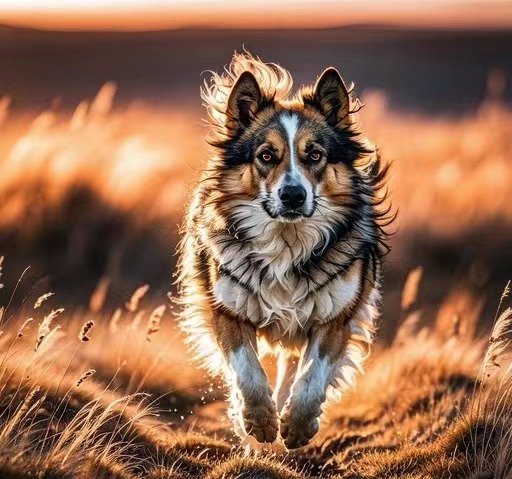In today’s digital age, when pet owners notice an unusual lump or bump on their beloved canine companion, their first instinct is often to turn to Google. If you’re reading this, you’re likely looking for clear, accurate, and actionable information on mast cell tumors in dogs. Let’s dive deep into understanding this condition, its symptoms, treatments, and preventive measures.
1. What is a Mast Cell Tumor?
A mast cell tumor (MCT) is a growth derived from mast cells, which are a type of white blood cell. These cells play a vital role in a dog’s immune system, especially in allergic reactions. MCTs can range from benign (non-cancerous) to malignant (cancerous) and can appear anywhere on a dog’s body.
2. Identifying Mast Cell Tumors in Dogs
MCTs can vary in appearance. Some signs to look out for include:
- A lump or bump that can be small, large, soft, or firm
- Rapid growth or change in size of the existing lump
- Redness or inflammation around the tumor
- Itchiness or discomfort
3. Causes and Risk Factors
The exact cause of MCTs remains unknown. However, certain breeds like Boxers, Boston Terriers, and Labrador Retrievers are more predisposed. Age is another factor, with older dogs being more susceptible.
4. Diagnosis and Treatment
If you suspect an MCT, it’s crucial to consult a veterinarian immediately. They may perform a fine-needle aspiration or biopsy. Treatment options include:
- Surgery: The primary treatment for MCTs, where the tumor and surrounding tissue are removed.
- Radiation therapy: Used for tumors that can’t be entirely removed surgically.
- Chemotherapy: Recommended for aggressive MCTs that have spread to other parts of the body.
5. Preventive Measures and Post-Treatment Care
While there’s no definitive way to prevent MCTs, regular check-ups and early detection are crucial. After treatment, follow-up visits to the vet are vital to monitor recovery and ensure the tumor doesn’t recur.
Conclusion
Knowledge is power, and understanding mast cell tumors in dogs is the first step in ensuring the health and well-being of your furry friend. Always be vigilant, conduct regular checks, and consult your veterinarian if you notice any abnormalities.















